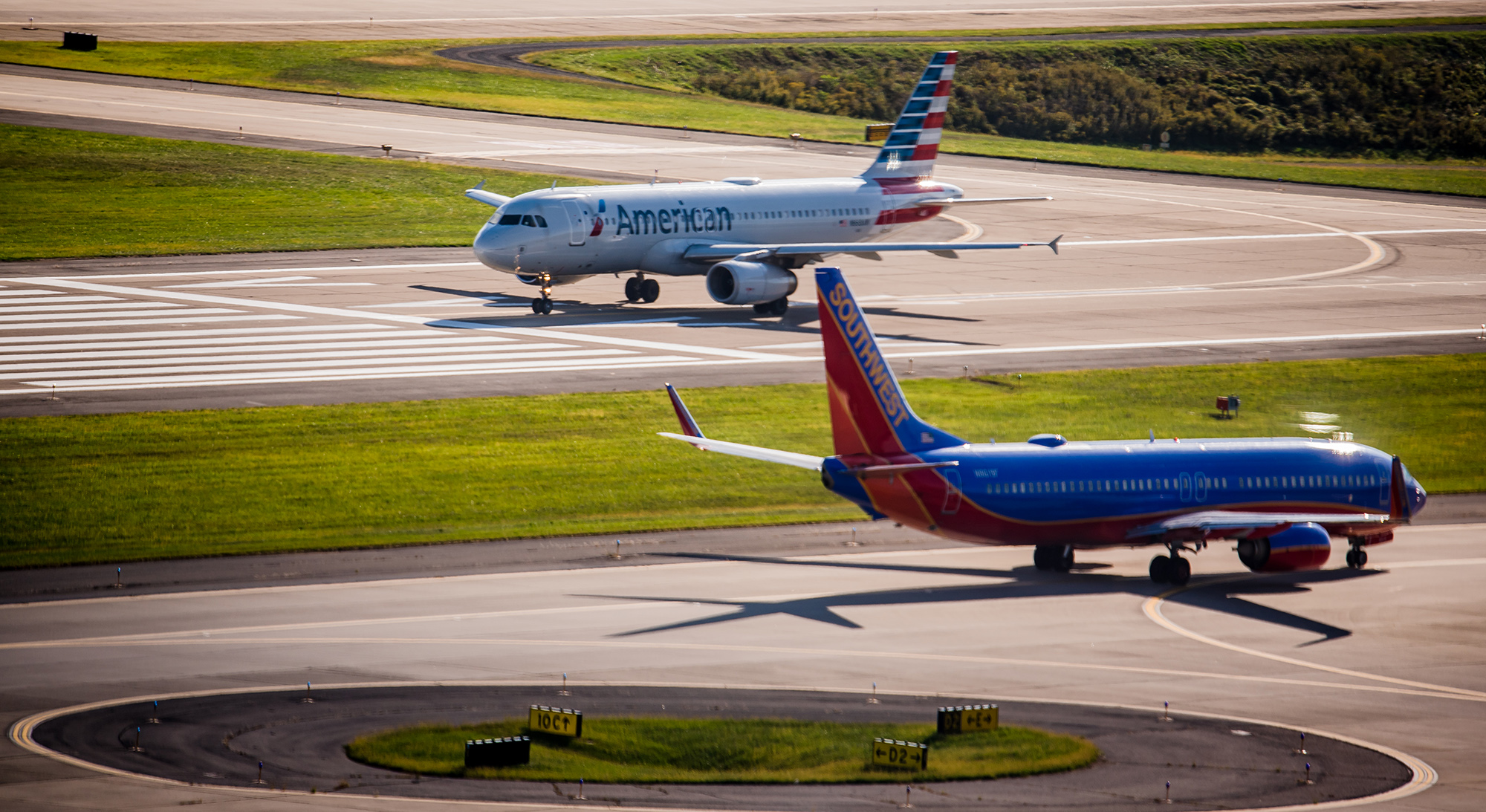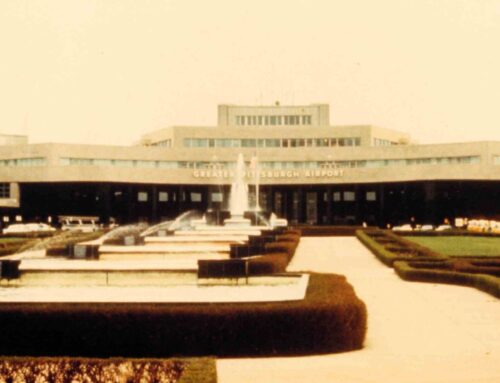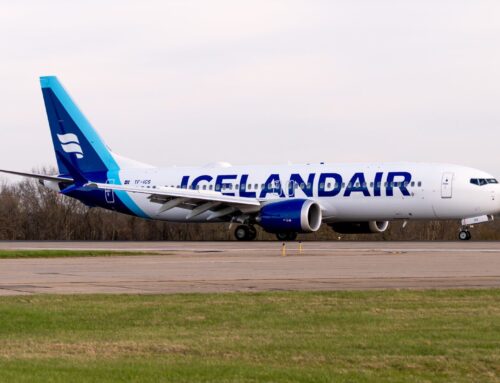A Light at the End of the Runway?
Holiday travel surge, schedule restorations offer first signs of hope for industry
By Matt Neistein
Published June 1, 2020
Read Time: 3 mins

After two of the most brutal months in the history of commercial aviation, the summer travel season is showing the first small bright spots for an industry struggling with the fallout of the COVID-19 pandemic.
Airlines worldwide slashed their schedules throughout April and May as billions of people self-quarantined. Hundreds of aircraft sat idle and the industry required government economic stimulus to help weather the gigantic downturn in revenue.
RELATED: Parked Planes Stack Up at U.S. Airports
But the combination of lightened social restrictions and the lure of sunny vacations after staying at home for months appears to be driving the first small uptick in travel since March.
“The saying goes that the journey of a thousand miles begins with a single step,” said Paula Twidale, senior vice president at AAA Travel. “Americans are taking that first step toward their next journey from the comfort of their home by researching vacation opportunities and talking with travel agents.”
On May 21, the Thursday before Memorial Day weekend, the Transportation Security Administration screened 318,446 people. While that pales in comparison to the nearly 2.7 million people who traveled on the same day in 2019, it was a 38 percent jump from the day before.
It was also the first time the TSA had screened more than 300,000 people since late March. And with nearly 350,000 people on the day after, as well as on Memorial Day itself, the unofficial start to the summer season was the best weekend the industry had seen in two months.
Schedules slowly returning
Airlines have announced small growth in their schedules as they cautiously feel out consumer demand for air travel.
United Airlines has announced it expects to increase July capacity to 25 percent of its 2019 level, compared to the 10 percent available in May and June. Southwest Airlines reported a “modest improvement” in passenger demand in May, with bookings finally outpacing trip cancellations, and Delta is adding about 100 flights back to its June schedules.
Pittsburgh International Airport is seeing similar signs of life in air service, with nine routes expected to launch or return this month. Those additions, via several different airlines, connect PIT to destinations from Denver to Miami to Newark.
The broad scope of the mini-rebound reflects the airport’s overall air service strategy, one that’s taken years to build, said Bryan Dietz, Vice President of Air Service Development.
“We have been laser-focused on diversifying the number of airlines at Pittsburgh International Airport in order to give travelers in our market more options while also ensuring our business is not dependent on one single carrier,” he said.
“With a larger portfolio of airlines at the airport today than during the economic crisis in the late 2000s, we believe we are able to better match the air service needs of the community with the business goals of airlines more efficiently since we have more airline partnerships already in place.”
What’s next
As with most industries, rebuilding the customer base will be directly tied to consumer feelings about COVID-19 and how well the industry responds to related health concerns. Airlines and airports are breaking new ground in cleaning and sterilization protocols to allay those fears.
RELATED: PIT First U.S. Airport to Deploy Ultraviolet Cleaning – By Robots
But plenty of uncertainty remains, and that will leave the industry on shaky ground for a while, said Bijan Vasigh, a professor of economics and finance at Embry-Riddle Aeronautical University in Daytona Beach, Fla.
“Unfortunately, at this time, we don’t know how effectively (authorities) have controlled coronavirus, and how long it will take us to slow down the expansion of coronavirus,” he said.
And while the industry fights to rebound, there are still questions about how that rebound will unfold and what the aviation landscape will look like post-pandemic.
For example, Vasigh said, the days of airlines relying on business travelers willing to book high-price, last-minute meetings may be over.
“I think you should see a significant change in the pattern of business traveling,” he said. “It may be more cost-effective to, rather than have someone travel 5,000 miles, have two or three Zoom meetings. I think Zoom could be some type of disruptive technology.”
RELATED: New Tech Superstar Zoom Adding R&D Office in Pittsburgh
The industry has weathered crises before and emerged changed but stronger on the other side. Many believe it will happen again. Preparing for twists and turns is easier than predicting them, and smarter airports and airlines are already planning for the next stages of a potential rebound.
“Just as the Pittsburgh economy is resilient in challenging times by being diversified across multiple industries, our airport is also not dependent on only one airline to meet the air service needs of the community,” Dietz said.






